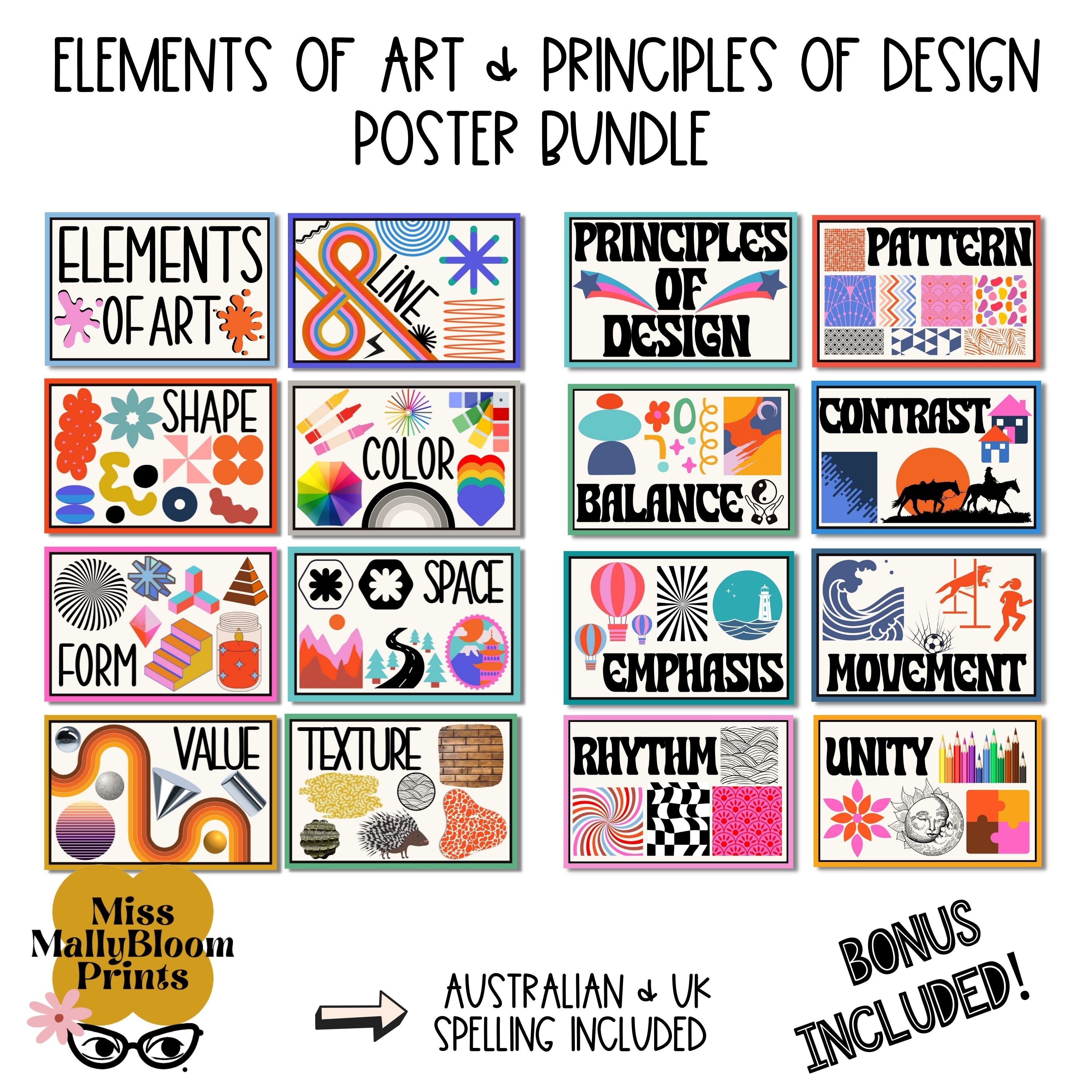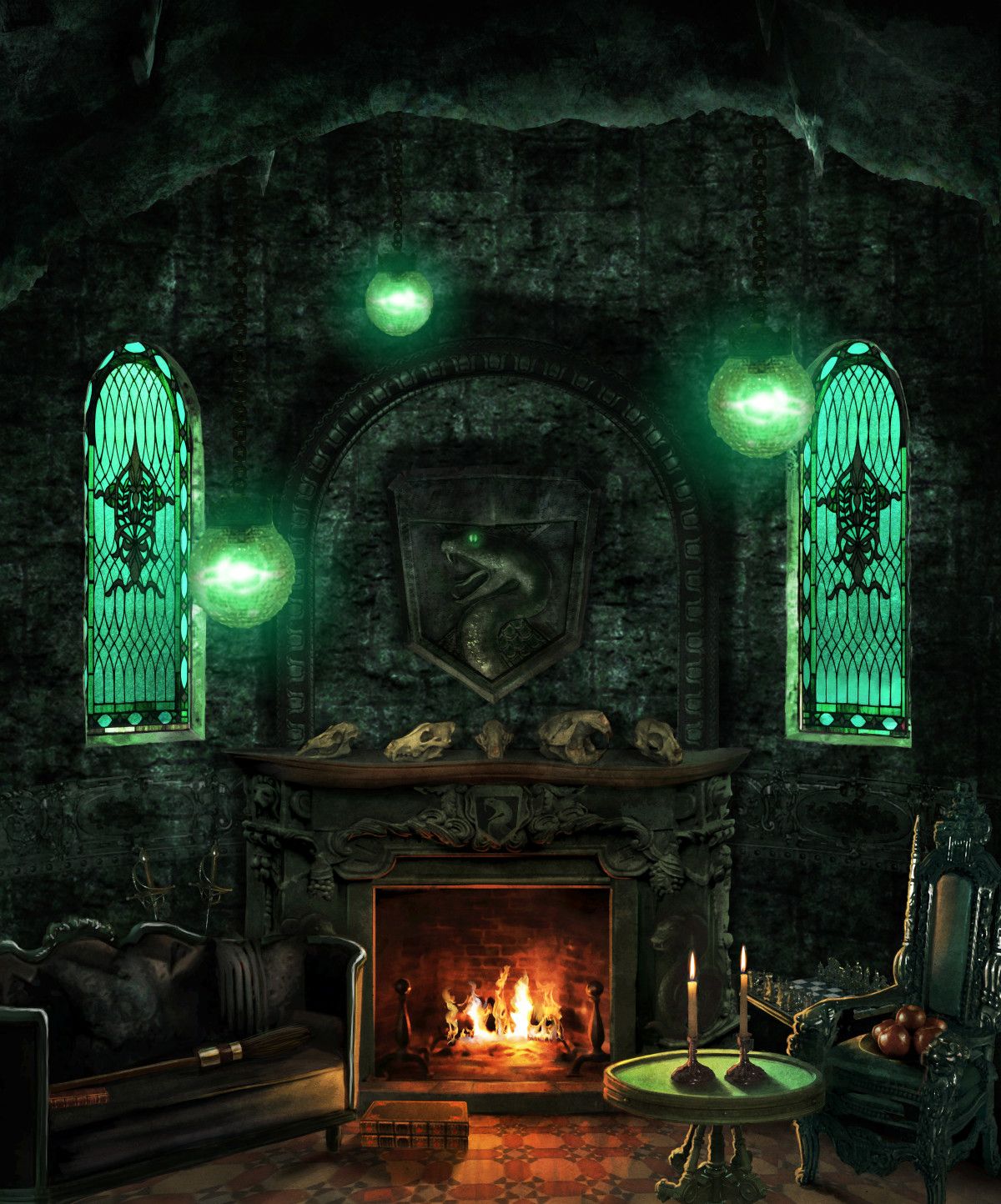Table Of Content
The division of topics and subtopics is supportive of student comprehension. The organization of the text would allow for multiple class formats - one class session per week, multiple classes per week, or an online Art Appreciation/Intro to Art. The authors are consistent in their use of terminology throughout and each chapter is set up the same.
Elements of Art
Real textures capture physical attributes we can feel, like burlap’s coarseness or silk’s smoothness. Their visual analogs in art rely on marks and mediums manipulated to mimic tangible textures. Strong value contrasts help direct attention, separate planes, and infer light sources within scenic works. Values may also carry associative or metaphorical significance. Chiaroscuro, for example, utilized extreme contrasts between light and dark for an ominous, emotionally charged style in Baroque paintings. Unity refers to the sense of cohesiveness and completeness in an artwork, the feeling that everything belongs together.
MOST FAMOUS ARTISTS AND ARTWORKS
In their attempt to be succinct, a choice, I imagine, made to keep the reader engaged, I'm afraid some important content is lost. The quality of images and text for those links varied from website to website. The typography, image formatting, and layout system do a nice job of keeping information easy to read and navigate. The text would be quite accessible for undergraduate college or university students.
Visual Aesthetics

In drawing and painting form can only be implied because they are 2-dimesional (flat) media. Artists must use tricks to fool the viewer’s eye so as to create the illusion of the third dimension i.e. depth. This is known as Trompe l’oeil and is achieved using tools like value (shading), colour and contour lines. Typography also creates a visual hierarchy in a design, by telling the reader where to start and where to go.
Learning
Student meshes real-world, imaginary elements in multidisciplinary design projects - Daily Bruin
Student meshes real-world, imaginary elements in multidisciplinary design projects.
Posted: Fri, 06 Aug 2021 07:00:00 GMT [source]
Keep your students engaged and learning when you cannot be there! These Eleven low-prep, concise, grade 5-8 art sub plans will help teach your students about some of the Elements of Art and Principles of Design. In this free bundle of art worksheets, you receive six ready-to-use art worksheets with looking activities designed to work with almost any work of art. Piero della Francesca was one of the forerunners of linear perspective.
With a long line length and narrow leading, the lines seem to blend together. Figures do not seem to follow a strict layout grid that enhances the layout of the information. Fake small cap on Chapter names in the Table of Contents isn’t high quality. The book is a good resource for a basic art appreciation course that plans to focus more on topics and themes and less on formal qualities. Most of the examples are of a Western focus and provide a very Eurocentric viewpoint.
The shortcoming is one of omission - there should be more information presented with the images. Title, artist, scale/size, medium, current location, and any other pertinent information about process should be included. Although I found the non-Western selections slim, the book was inclusive of a variety of works from different cultures and time periods. The book does have a nice section that covers some of the controversies of art. Each chapter begins with learning outcomes and ends with review questions and key term definitions, this is definitely helpful for students to understand the basic concepts of the text. You could fairly easily rearrange the order of chapters or omit a chapter without needing the others to support the content.
Symmetry vs. Asymmetry - Recalling basic design principles
The text is clear and accessible, written to encourage understanding, not to prove points or advance opinions. It is appropriately written for students who are introducing themselves to art, and contains a minimum of jargon and hyperbole. Relevant key words and technical terms are defined at the end of each chapter, as befits any introduction to a subject. There are issues with consistency in use of terms, and citations/websites etc. I also wonder about the sources and context with regards to the discussion of historical development of art.
Additional Resources on Principles of Art
Blocks of text are broken up by copious illustrations, photographs and live links. Each chapter begins with a list of learning outcomes, and ends with a section titled “Before You Move On,” which reviews key concepts, and provides a list of study questions. In addition, key terms are defined at the end of each chapter, as opposed to a single glossary, which makes it likely that students will review terms after reading chapters.

The inclusion of various links in the body of the text were well placed and on topic. It would be nice to be able to easily return to the table of contents from anywhere, rather than having to scroll back up to the table of contents page. The book is full of terms and its consistency to the concept or subject. Terms that may not seem clear to the reader are defined at the end of each chapter. This would allow the reader a more user-friendly way of referencing a term then the typical glossary at the end of the book.
The rule of thirds divides rectangular frames into even thirds vertically and horizontally to define optimal placement zones. Locating key elements along these intersecting lines or within the resulting rectangles resonates more aesthetically than strict centers. Apply to plumb sweet spots for emphasis, movement and balance. The masterful integration of appropriate elements directed by sound principles constructs visually captivating art compositions that project inspirational artistic visions. Let us survey some proven strategies for harmonious, balanced arrangements and common pitfalls to avoid.

No comments:
Post a Comment